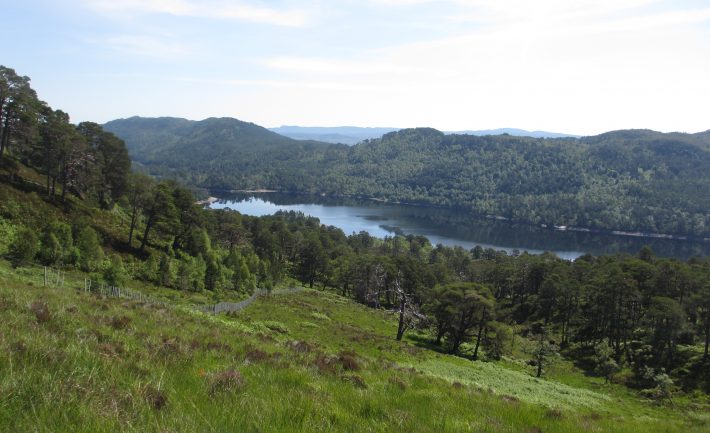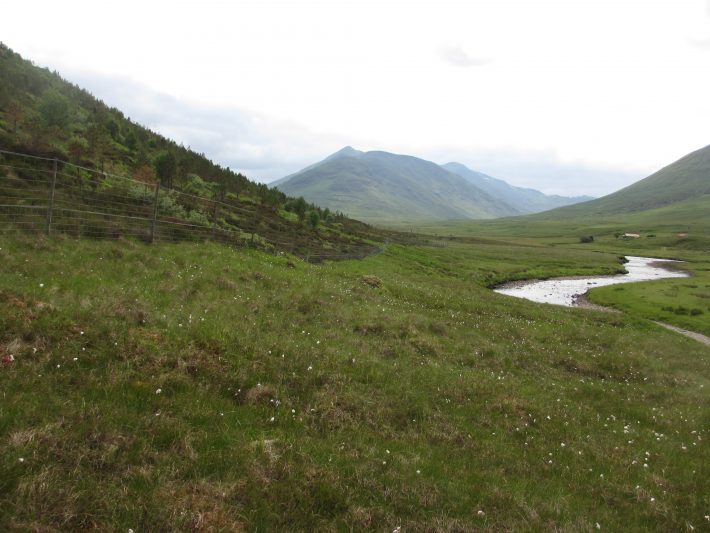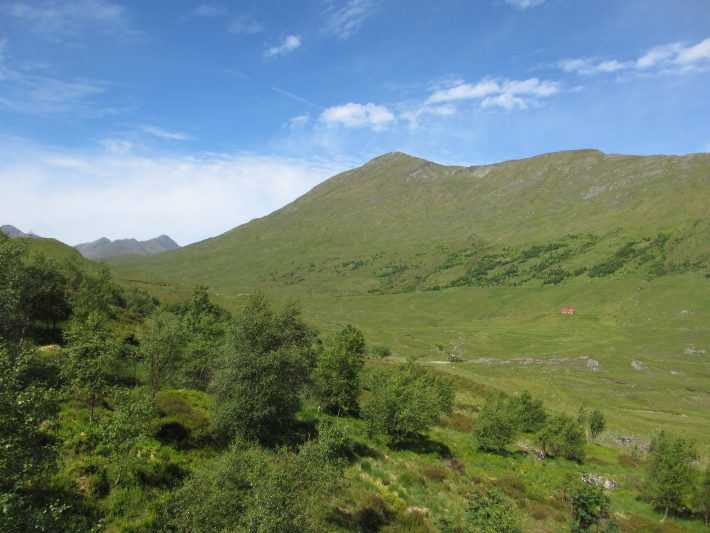Restoring forest biodiversity in the Scottish Highlands
University of Oxford press release.
New research from the University of Oxford, published today in the Journal of Applied Ecology, looks into the recovery of wildlife following reforestation with native trees in the Scottish Highlands.

The UK currently is one of the least forested countries in Europe, but there is considerable potential for forest expansion, particularly in the uplands. Scotland currently has the highest rates of forest expansion and it is hoped that this reforestation will benefit biodiversity.
The study investigated sites where native tree species were planted and allowed to regenerate naturally between 6 and 28 years ago by the charity Trees for Life, in collaboration with Forestry Commission Scotland and the National Trust for Scotland, as part of their efforts to restore native Caledonian pinewood habitats. The researchers compared plant, carabid beetle and bird communities in these reforestation sites with nearby mature forest and with unforested areas.

More bird species were found in the reforested sites than in nearby areas where no reforestation efforts had been made, although mature forest had the most species. Plants and beetles showed less pronounced differences in richness between reforested and unforested areas. Encouragingly, however, several plant and bird species that are woodland specialists were found in reforested areas.
“The new forest supports some woodland specialist species, particularly birds, but less mobile groups such as plants take longer to respond” said Emily Warner, who led the research as part of her DPhil at the Department of Plant Sciences.
“This new research adds another piece to the jigsaw of our knowledge about how rewilding works”, said Alan McDonnell, Trees for Life’s Conservation Manager and one of the study’s authors. “The change in bird communities shows that re-forestation, by planting and by natural regeneration, makes a positive and early contribution to helping reverse the biodiversity crisis. It shows that rewilding does benefit biodiversity.”

Communities of plants and birds in the reforested areas are still in transition as the new habitat develops. The researchers estimate that it will take 30-40 years from reforestation for the new forest to support as many bird species as the mature forest. Plant diversity is also predicted to increase over time, although this will take longer as plants are typically slower to disperse. “The benefits of forest restoration accrue over the long-term, and additional management may be needed to help some target species colonise the new habitat” says Emily Warner.
The researchers are now investigating the recovery of ecosystem functions, including carbon storage, within the same landscape. “With increasing interest in reforestation in the UK it is important to understand how different types of reforestation will contribute to wider goals for both biodiversity conservation and mitigating climate change” says Owen Lewis, one of the study’s co-authors who is based at the University’s Department of Zoology.
You can read the full article for free (for a limited time) here:
https://besjournals.onlinelibrary.wiley.com/doi/10.1111/1365-2664.13944
Like what we stand for?
Support our mission and help develop the next generation of ecologists by donating to the British Ecological Society.